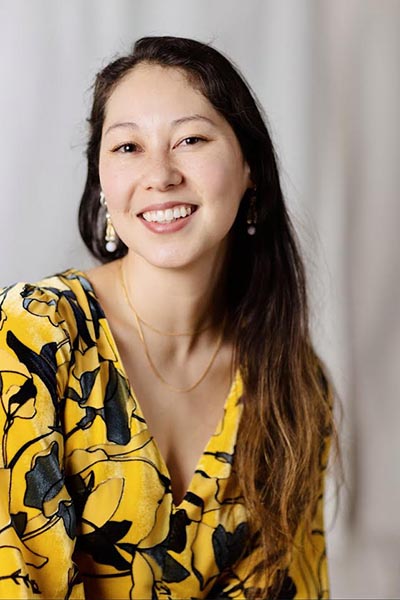Lorem ipsn gravida nibh vel velit auctor aliquet. Aenean sollicitudin, lorem quis bibendum auci elit consequat ipsutis sem nibh id elit dolor sit amet.

Siena Zoë Allen is a New York City based costume designer whose work is centered around reinvention and adaptation. She is most fulfilled carving out new lives for stories both classic and obscure, and reimagining them in worlds seductive and consequential. Themes common in her work are dreaming, memory, and future: spaces unique to all that can be designed uniquely every time. With an investment in sustainable practice, she believes design is born out of what you see and how you make it. Zoë is one of this year’s Princess Grace Award Winners and recipient of the Pierre Cardin Theater Honor.





